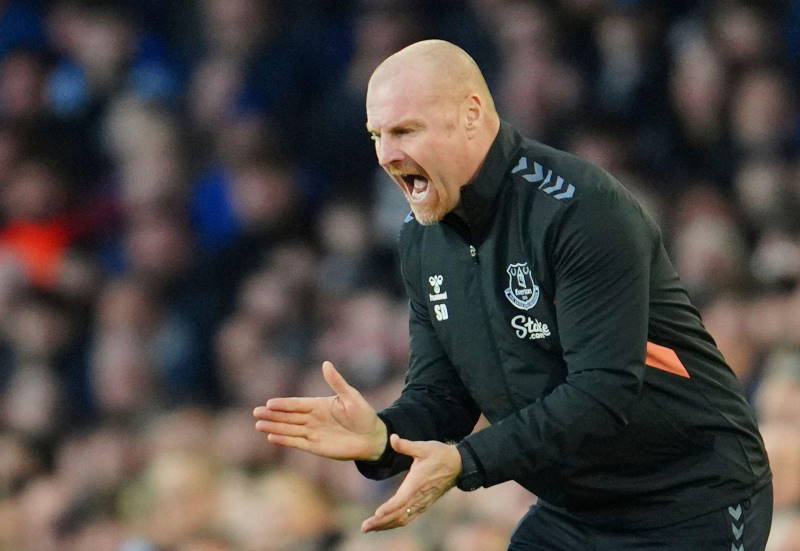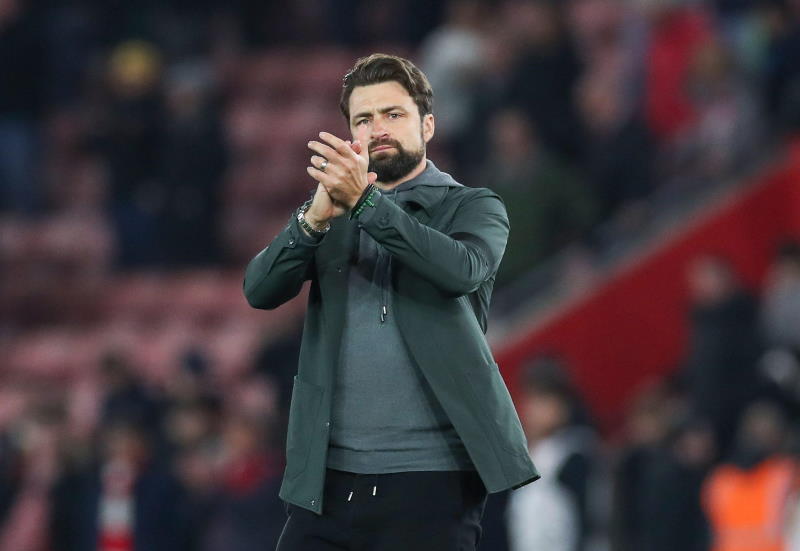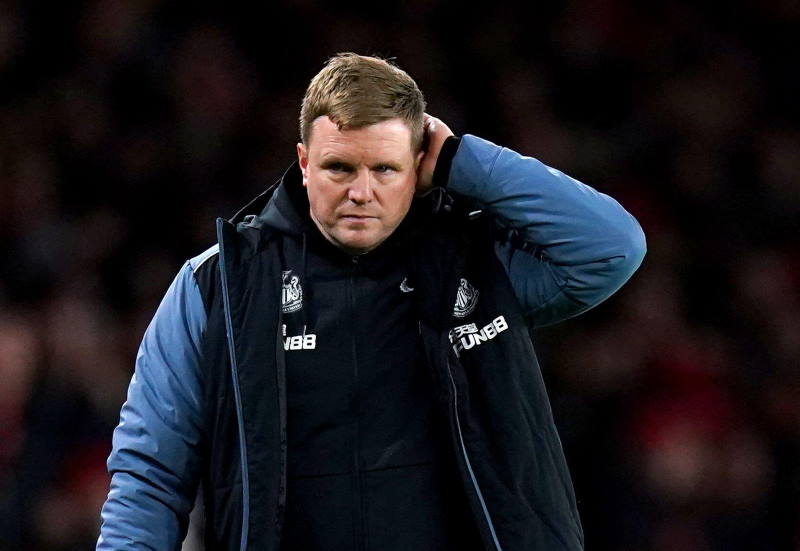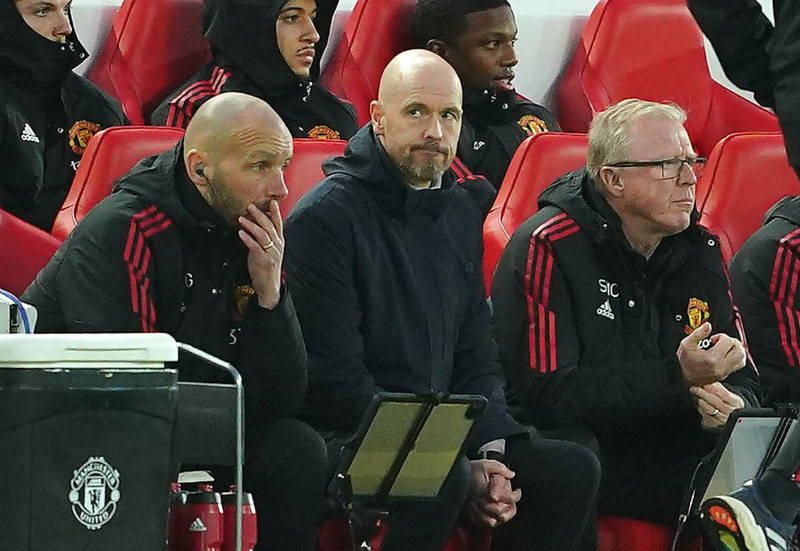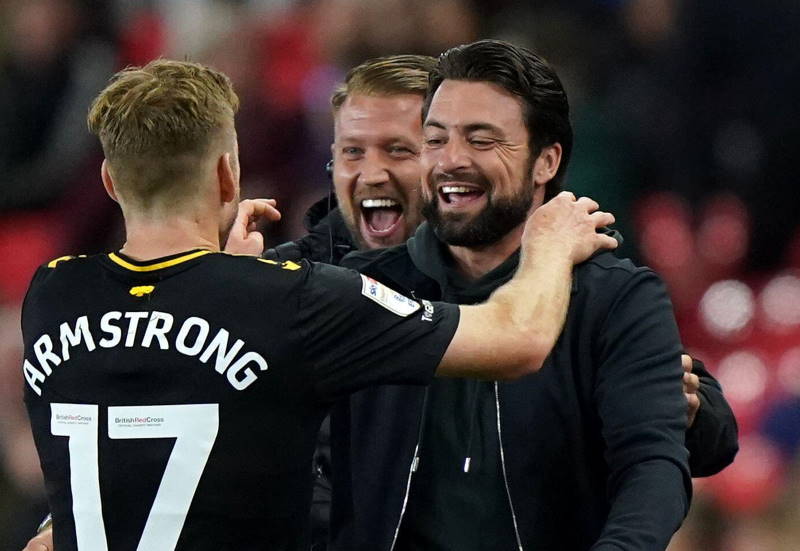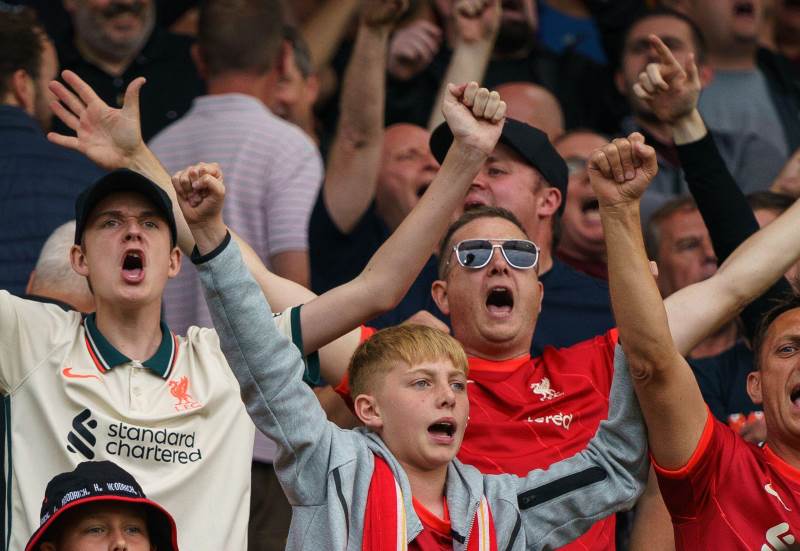
When the winter transfer window slammed shut on the 31st January Wigan were bottom of the Premier League, four points from safety and in possession of the worst goal difference in the English top flight. Now, with two matches left to play, the Latics are two places and three points above the drop zone with only the fifth worst goal difference. Central to this rapid change in fortune was the signing, just a few days before the deadline, of Birmingham’s Jean Beausejour.
At the time it seemed a fairly innocuous transfer. Beausejour is a good player, but hardly one whose arrival could have been expected to precipitate a run of results that would see Wigan’s form good enough to challenge for European qualification over the course of a full season. But Beausejour’s arrival played a key role in allowing Wigan’s Spanish manager Roberto Martinez to switch from the 4-2-3-1/4-3-3/4-5-1 formations most prevalent in the first half of their campaign to a 3-4-3/5-4-1 formation that brings the best out of a number of the club’s players.
Martinez did briefly experiment with a switch to a three central defender system earlier in the campaign, securing draws against Chelsea and Liverpool in mid to late-December, before heavy defeats against Manchester United and Sunderland, with a draw against Stoke sandwiched in between, convinced him that he didn’t quite have the personnel required to make the formation work. Former Manchester United youth product David Jones was entrusted with the left wing-back role, performing solidly, but without distinction, leaving Martinez sure that a specialist in the position would be required if further progress was to made with the formation.
That is where Beausejour came in. Despite often playing high up the pitch as the left forward with Chile under Marcelo Bielsa he has always been more efficient in a wing-back role, using his pace and power to come forward onto the play and provide accurate deliveries into the area. It was in this position that he secured a regular starting place during the early reign of Bielsa’s successor Claudio Borghi and the natural width he provided was badly missed when Chile were eliminated by Venezuela at the quarter-final stage of the 2011 Copa America with Beausejour suspended.
Signed for an undisclosed fee, the 27-year-old went straight into the Wigan team for a 3-1 defeat away to Tottenham Hotspur on transfer deadline day and hasn’t missed a match since, making the left wing-back slot his own and putting in some superb performances. Despite only joining half way through the campaign, Beausejour already ties Hugo Rodallega for most assists this season (three) and leads the team by some distance in average number of key passes and accurate crosses per match.
And it is not just Beausejour’s personal statistics that are impressive; Wigan as a team have improved greatly since his arrival. Splitting their season into three distinct bands it is easy to see the impact that Beausejour and the switch to a 3-4-3/5-4-1 formation have had.
Taking first all results obtained using 4-2-3-1/4-3-3/4-5-1 formations, Wigan averaged 0.71 points per match, 0.88 goals per match and 1.94 goals conceded per match. Using 3-4-3/5-4-1 before Beausejour’s arrival they averaged 0.6 points per match, 0.8 goals and 2.4 goals conceded. Finally, using 3-4-3/5-4-1 formations since Beausejour joined Wigan have averaged 1.57 points per match, 1.36 goals and 1.07 conceded. Extrapolated over the 36 matches played so far this season, that would give the Latics in the region of 57 points, enough to place them seventh in the table.
Wigan’s revival is clearly not solely down to Beausejour; his arrival simply facilitated a change in tactics that brought the best out of a number of other players in the team. Moving Maynor Figueroa back to the left of three central defenders has provided pacey cover for the more pedestrian Antolin Alcaraz and Gary Caldwell. The talented but fragile Jordi Gomez has been extricated from the hotly contested central ground, allowing him to go about his work more freely. And the forays forward of the two wing-backs have taken the burden of providing width away from Victor Moses, allowing him to get closer to the lone striker Franco Di Santo, who often cut a horribly isolated figure in the first half of the campaign.
Victories over Liverpool, Stoke, Manchester United, Arsenal and Newcastle in five of Wigan’s last seven matches have seen them move out of the relegation zone and put themselves in a position whereby their Premier League fate is now in their own hands. Martinez must take great credit for trusting his instincts and allowing his team, tactics adjusted, to play their way out of trouble rather than resort to a safety first approach. Without Beausejour, however, one wonders if Wigan’s resurgence would have been quite so spectacular.

